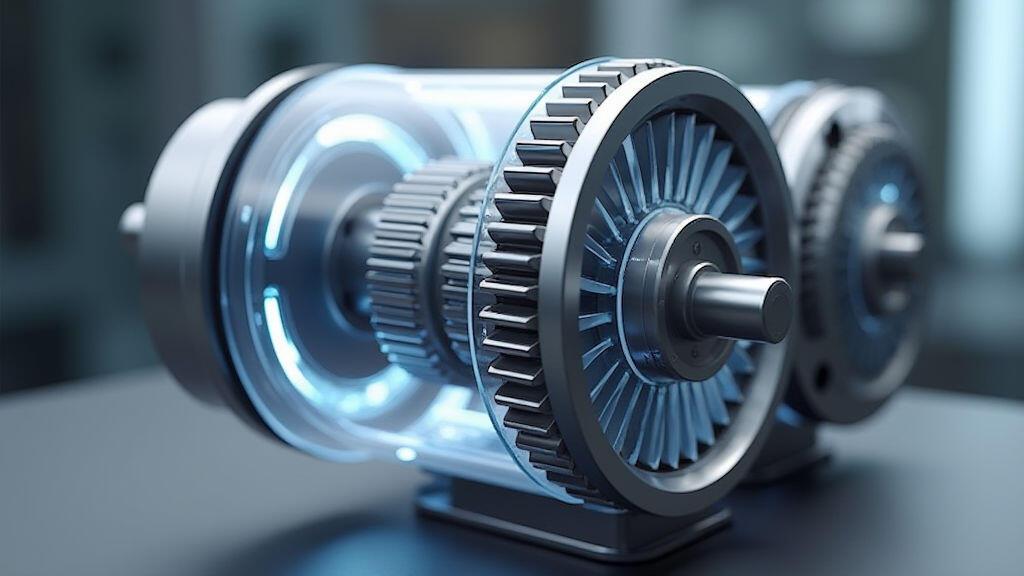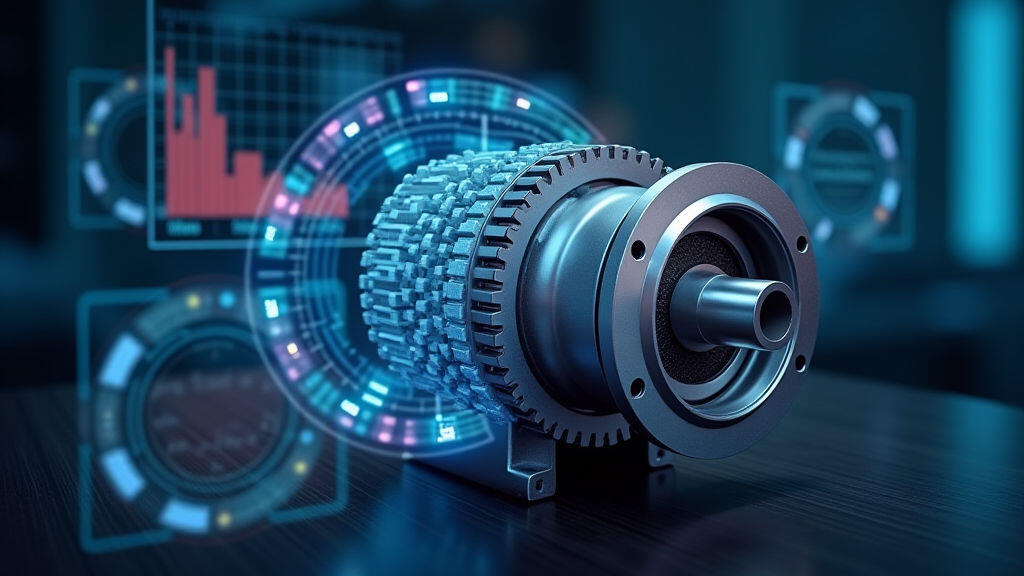Anjing Road, Xiaolan, Zhongshan, Guangdong, China
info@mes-drive.com
08.00 AM-09.00 PM

The food processing industry is a dynamic and demanding sector. Constantly striving for efficiency, hygiene, and consistency, manufacturers rely heavily on robust and reliable equipment. Among these essential components, gear motors play a pivotal role in a vast array of operations – from conveying ingredients and mixing formulations to packaging and filling. Increasingly, food processing manufacturers are placing a premium on the performance optimization of right-angle gear motors, driven by a confluence of factors including stricter regulatory requirements, rising energy costs, and the pursuit of enhanced operational efficiency. This article explores the reasons behind this shift, the key optimization strategies being adopted, and the potential future impact on the food processing landscape.
The Demands of Food Processing: Why Gear Motors are Critical
Food processing applications present unique challenges for gear motors. They often operate in harsh environments characterized by high humidity, dust, and potential exposure to corrosive substances. Furthermore, maintaining stringent hygiene standards is paramount, necessitating equipment that is easy to clean and sanitize. The demanding workloads, ranging from continuous operation to high torque requirements for tasks like dough mixing, put significant stress on the motors. Reliability and uptime are not just desirable; they’re essential for maintaining production schedules and minimizing costly downtime, which can have significant financial implications. Right-angle gear motors, with their ability to provide high torque at reduced speeds, are widely favored due to their inherent suitability for many food processing tasks. They offer a mechanical advantage crucial for heavy-duty operations, often surpassing alternatives like direct-drive systems in terms of power transmission and compact design.
The Driving Forces Behind Optimization
Several key trends are pushing food processing manufacturers to focus intently on right-angle gear motor optimization:
Stringent Hygiene Regulations: Food safety regulations, such as those enforced by the FDA and other international bodies, are becoming increasingly stringent. This compels manufacturers to prioritize equipment design that simplifies cleaning and minimizes the risk of contamination. Improved gear motor designs that incorporate sealed units, readily accessible components, and hygienic coatings are vital.
Energy Efficiency and Cost Reduction: Energy costs have a direct impact on profitability. Inefficient gear motors consume a significant amount of power, contributing to increased operational expenses. Optimizing gear motor performance through improved efficiency directly translates into cost savings and a reduced carbon footprint.
Increased Automation and Precision: Modern food processing plants are heavily automated. This requires gear motors to provide precise control and smooth operation for tasks like dosing, dispensing, and conveying. Higher performance and smoother torque delivery are essential for achieving the required levels of precision.
Demand for Reduced Noise and Vibration: Quieter operation is increasingly desirable, both for worker safety and for creating a more pleasant working environment. Optimized gear motor designs can significantly reduce noise and vibration levels, contributing to a more comfortable and productive workplace.
Key Optimization Strategies
Food processing manufacturers are implementing a range of strategies to optimize the performance of their right-angle gear motors:
Advanced Gear Materials and Manufacturing: Replacing traditional materials with high-strength, wear-resistant alloys like specialized steels and employing advanced manufacturing techniques such as precision machining and surface hardening significantly extends gear life and reduces friction. This leads to improved efficiency and reduced maintenance requirements.
Improved Lubrication Systems: Effective lubrication is crucial for minimizing friction and wear within the gear mechanism. Implementing advanced lubrication systems, including oil filtration and cooling, ensures optimal performance and extends the lifespan of the motor. Food-grade lubricants are also non-negotiable.
Optimized Gear Geometry and Design: Sophisticated gear designs, including helical gears and optimized tooth profiles, reduce noise, vibration, and energy loss. Finite element analysis (FEA) is increasingly used to simulate gear performance and identify areas for improvement.
High-Efficiency Motor Designs: Coupling the right-angle gear motor with a high-efficiency electric motor, such as IE3 or IE4 rated motors, dramatically improves the overall energy efficiency of the system. Variable Frequency Drives (VFDs) are often used to precisely control motor speed and match it to the specific processing requirements, further enhancing energy savings.
Condition Monitoring and Predictive Maintenance: Implementing condition monitoring systems, utilizing sensors to track parameters like vibration, temperature, and oil analysis, enables predictive maintenance. This allows manufacturers to identify potential problems before they lead to breakdowns, minimizing downtime and maximizing equipment lifespan.

The Future of Right-Angle Gear Motor Performance
The trend towards optimized right-angle gear motor performance is set to continue and accelerate. Several emerging technologies are poised to revolutionize the industry:
Smart Gear Motors: Integrating sensors and communication capabilities into gear motors allows for real-time monitoring of performance data, enabling proactive maintenance and optimization. These "smart" motors can communicate with central control systems, providing valuable insights into equipment health and efficiency.
Additive Manufacturing (3D Printing): 3D printing is enabling the creation of complex gear geometries that were previously impossible to manufacture. This opens up new possibilities for optimizing gear performance and reducing weight.
Advanced Materials: Development of new materials, such as nanocomposites, promises even greater durability, reduced friction, and improved wear resistance.

Conclusion
Optimizing right-angle gear motor performance is no longer a secondary consideration for food processing manufacturers; it's a strategic imperative. The increasing emphasis on hygiene, energy efficiency, automation, and reduced noise, coupled with advancements in materials, manufacturing, and monitoring technologies, is driving significant improvements in gear motor design and performance. As the food processing industry continues to evolve, the demand for reliable, efficient, and hygienic gear motors will only intensify. Manufacturers who proactively embrace optimization strategies and adopt emerging technologies will be well-positioned to achieve operational excellence, reduce costs, and maintain a competitive edge in the global marketplace. The future of food processing hinges, in part, on the continued evolution and optimized performance of these critical mechanical components.
Leave A Reply
Your email address will not be published. Required fiels are marked